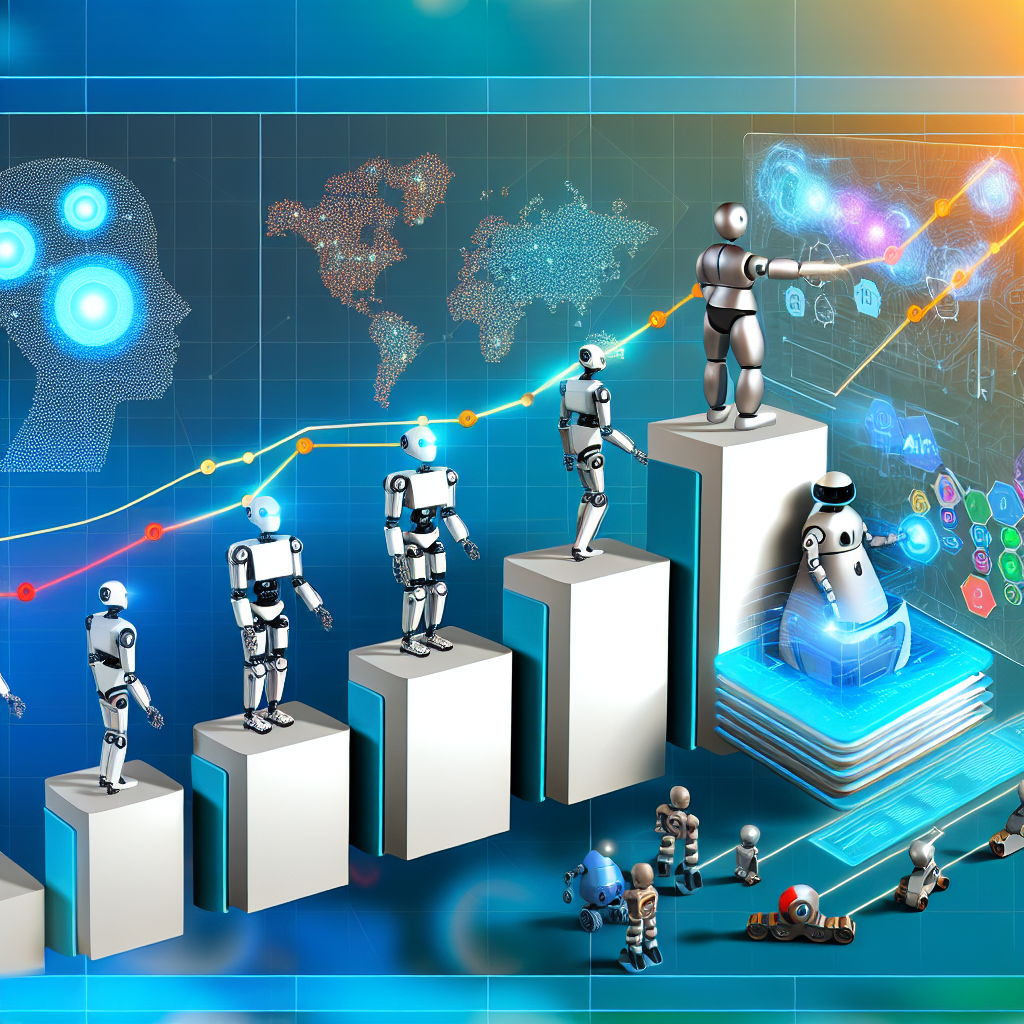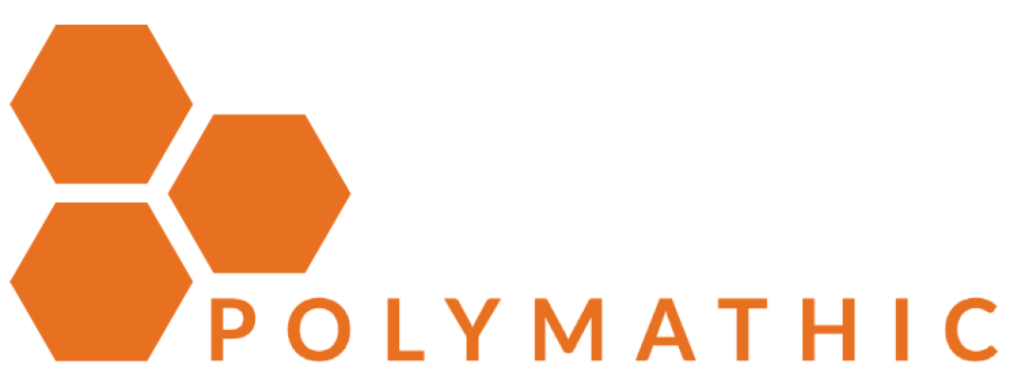OpenAI's Five Levels of AI: A Strategic Move Toward Achieving AGI

"OpenAI's five levels—which it plans to share with investors—range from current AI capabilities to systems that could potentially manage entire organizations."
OpenAI reportedly nears breakthrough with “reasoning” AI, reveals progress framework
Understanding OpenAI's Progress Towards AGI
OpenAI’s recent unveiling of a five-tier classification system to measure its advancement towards artificial general intelligence (AGI) marks a strategic move in framing the company's progress. The introduction of such a framework, discussed during an all-hands meeting, aims to bring transparency and structure to the company's ambitious goal of developing AGI.
This classification system spans from current capabilities outlined in Level 1—AI engaging in conversational interactions, akin to the capabilities seen in ChatGPT—to the yet-to-be-realized Level 5, where AI could potentially manage entire organizations. According to OpenAI, they are nearing Level 2, dubbed “Reasoners,” which signifies human-level problem-solving abilities.
Five Levels of AI Advancement
Let’s break down OpenAI's classification:
- Level 1: Chatbots - AI systems engaging in conversational language.
- Level 2: Reasoners - AI achieving human-level problem-solving.
- Level 3: Agents - AI performing tasks autonomously.
- Level 4: Innovators - AI aiding in novel innovations.
- Level 5: Organizations - AI managing entire organizations.
CEO Sam Altman has predicted the potential realization of AGI within the coming decade. This system not only streamlines internal understanding but also functions as a compelling narrative to attract investors.
Challenges and Critiques
However, the framework has sparked debate. Critics argue that such a linear progression may oversimplify AI development's complexities and could lead to inflated expectations. Moreover, there is no consensus on defining or measuring progress towards AGI in the research community. Therefore, this five-tier system might be more of a strategic communication tool rather than a precise scientific metric.
In conclusion, while OpenAI’s classification system offers a structured roadmap, it should be viewed with measured optimism. The innovative framework articulates aspirational goals, underscores the potential disruptive power of AGI, and calls for collaborative efforts in navigating this transformative journey.
